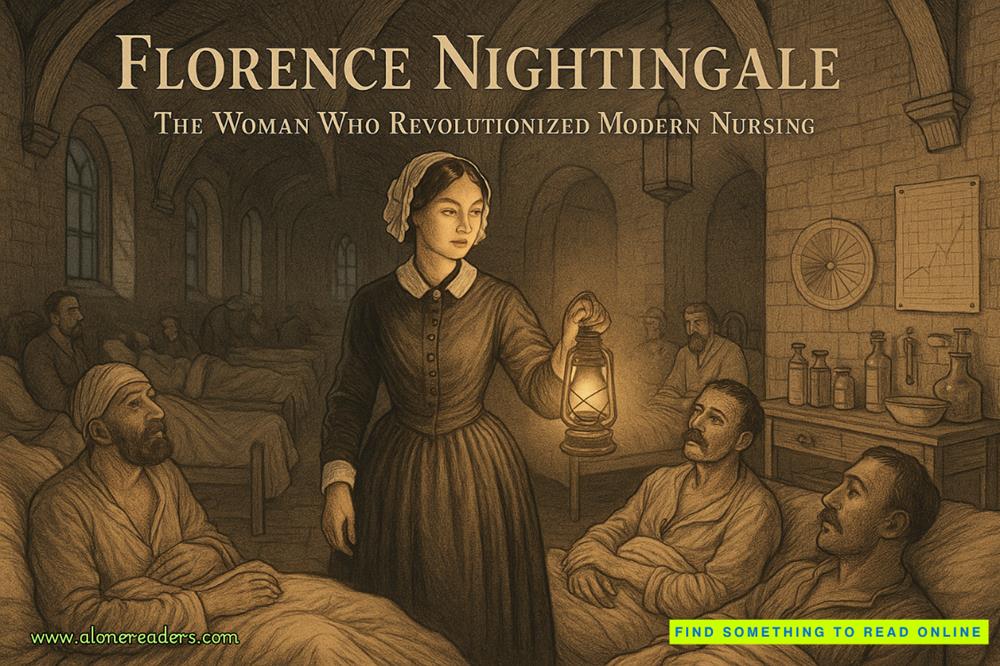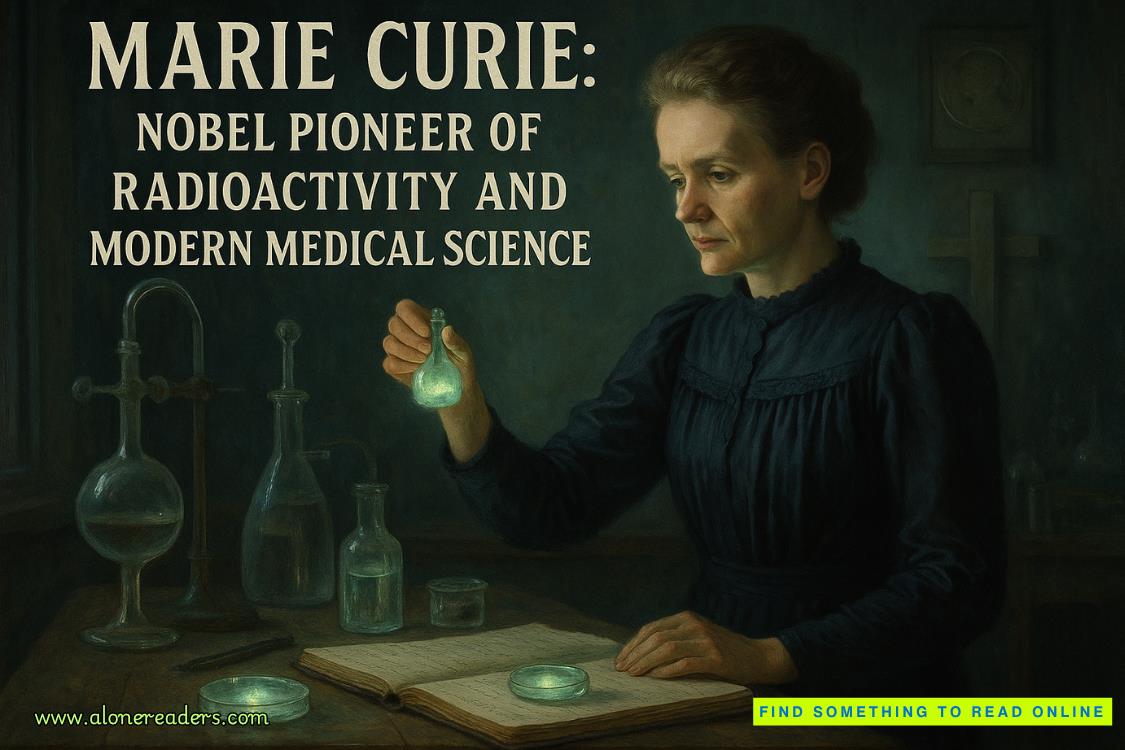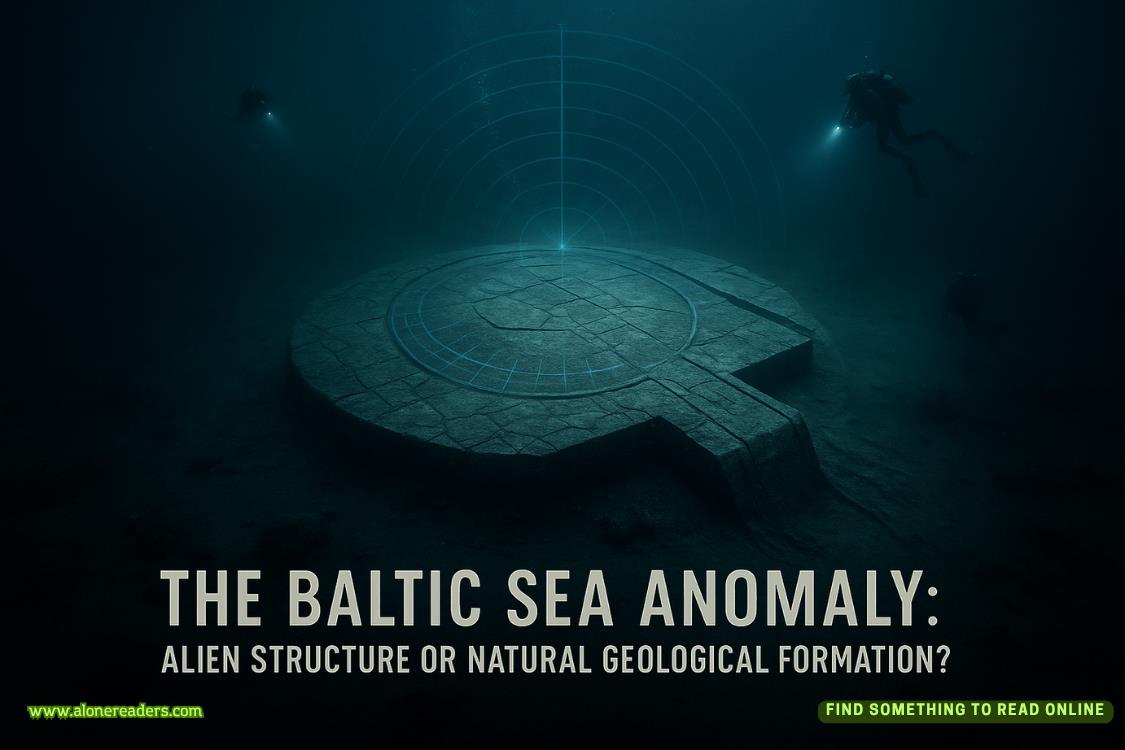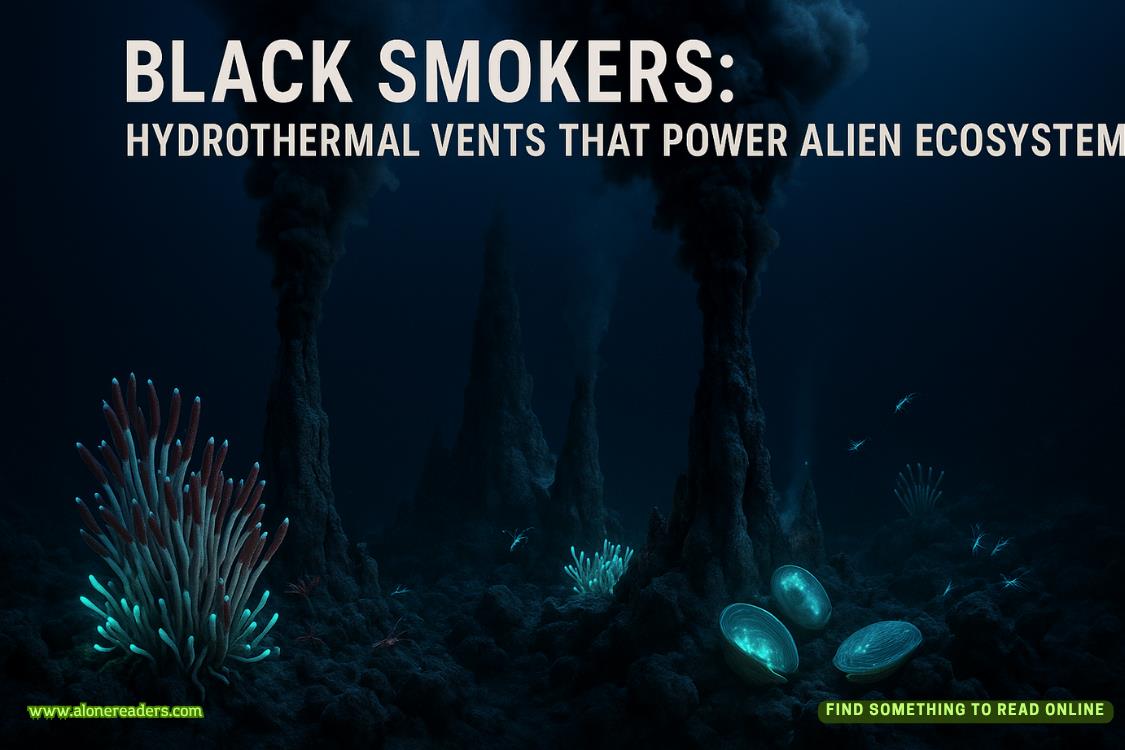Page 47 of Rhett & Moses
The drive back to Gomillion was comfortable, the conversation flowing easily between us as Moses asked more questions about the property, practical details about the asking price, property taxes, maintenance costs. I answered as thoroughly as I could, pleased by his interest even as I tried not to read too much into it.
The cafe was exactly as advertised, quaint, uncrowded, with excellent food. We settled at a corner table, our knees touching beneath the small surface, the casual intimacy still novel enough to send a pleasant warmth through me.
“So,” Moses said after we’d ordered, “tell me more about these smaller, more personal projects you mentioned. Is that a recent shift in your work?”
I nodded, surprised and pleased by his interest. “Relatively recent. About two years ago, I started feeling... restless, I guess. The commercial projects were prestigious, financially rewarding, but something was missing.”
“What changed?” he asked, genuinely curious.
I considered the question, trying to pinpoint the shift. “I designed a house for a friend, a poet who wanted a space that would nurture her creativity. It was a small project by my usual standards, but deeply satisfying. The direct connection with the client, the focus on how the space would support her life and work, it reminded me why I became an architect in the first place.”
“To create spaces that enhance people’s lives,” Moses suggested, understanding immediately.
“Exactly,” I confirmed, once again struck by how easily he grasped concepts that often-eluded others. “After that, I started taking on more residential projects, being more selective about commercial work. My firm wasn’t thrilled initially, but they’ve adjusted.”
“And financially? If you don’t mind my asking.”
“It’s a trade-off,” I admitted. “The income is less predictable, but so are the demands on my time. And honestly, at this point in my career, I’m fortunate enough to have some flexibility. I’d rather do work that matters to me than chase the biggest paycheck.”
Moses nodded thoughtfully. “I understand that. When I first started focusing on artisanal gins, Bronwyn thought I was crazy. The profit margins are smaller, the production more labor-intensive. But the satisfaction of creating something unique, something that represents my vision, it’s worth the trade-off.”
“Exactly,” I agreed, reaching across the table to take his hand. “Life’s too short to spend it doing work that doesn’t fulfill you, just for security or status.”
“Says the successful architect to the gin bar owner,” Moses teased, but there was warmth in his eyes.
“Says one creator to another,” I corrected gently. “What you do with gin is as much an art as what I do with buildings. Different mediums, same essential process, taking raw materials and transforming them into something that moves people.”
Moses looked genuinely touched by the comparison. “I’ve never thought of it quite that way,” he admitted. “But you’re right. There is a creative process to developing a new gin formulation, balancing the botanicals, and finding the perfect expression.”
“I’d love to see your process sometime,” I said, the idea taking shape as I spoke. “Your workshop in Atlanta, how you experiment with different formulations.”
“I’d like that,” Moses replied, a new light entering his eyes. “And I’d like to see your work too, the residential projects you mentioned, how you translate a client’s needs into physical space.”
The conversation flowed from there, each of us sharing more about our respective crafts, finding surprising parallels and complementary perspectives. By the time we finished our meal, the cafe had nearly emptied, the afternoon slipping away unnoticed.
“We should head back,” Moses said reluctantly, glancing at his watch. “Bronwyn’s expecting me at the bar by six.”
“Of course,” I agreed, settling the bill despite his protests. Outside, the late afternoon sun cast long shadows across the main street of Gomillion, the small town peaceful in the golden light.
As we walked back to the car, Moses paused, his expression turning thoughtful. “There’s somewhere I’d like to stop before we head back to the bar,” he said. “The high school library, if it’s open. There’s something I want to show you.”
Curious, I agreed readily. The school was quiet, most of the reunion attendees having departed yesterday. The library door was unlocked, though, and we slipped inside to find it deserted save for an elderly librarian who nodded at Moses with surprised recognition.
“Looking for anything in particular?” she asked, her voice carrying the hushed quality particular to librarians everywhere.
“The yearbooks,” Moses replied.
She pointed us toward a shelf where several yearbooks had been displayed during the reunion, then returned to her desk, leaving us to our exploration.
Moses located my graduating year quickly, pulling the heavy book from the shelf and carrying it to a nearby table. I joined him, curious about what he wanted to show me.
He flipped through the pages with practiced ease, stopping finally at the section dedicated to candid photos from various school events. There, on a page titled “Spirit Week,” was a photo I’d never seen before, Moses and I, caught in an unguarded moment during what appeared to be the homecoming game. We weren’t looking at the camera; instead, we were focused on each other, laughing about something now lost to time. The caption read simply: “Junior’s Rhett Callahan and Moses Morley share a joke during halftime.”
“I’ve never seen this,” I said softly, studying our younger selves with a mixture of nostalgia and wonder.
“Neither had I, until yesterday,” Moses admitted. “I came in here on a whim, curious about how the yearbook had handled the statue incident. Found this instead.”
The photo captured something essential about our relationship back then, the easy camaraderie, the comfortable connection that had existed before romance complicated things. We looked happy, unselfconscious, simply enjoying each other’s company.















